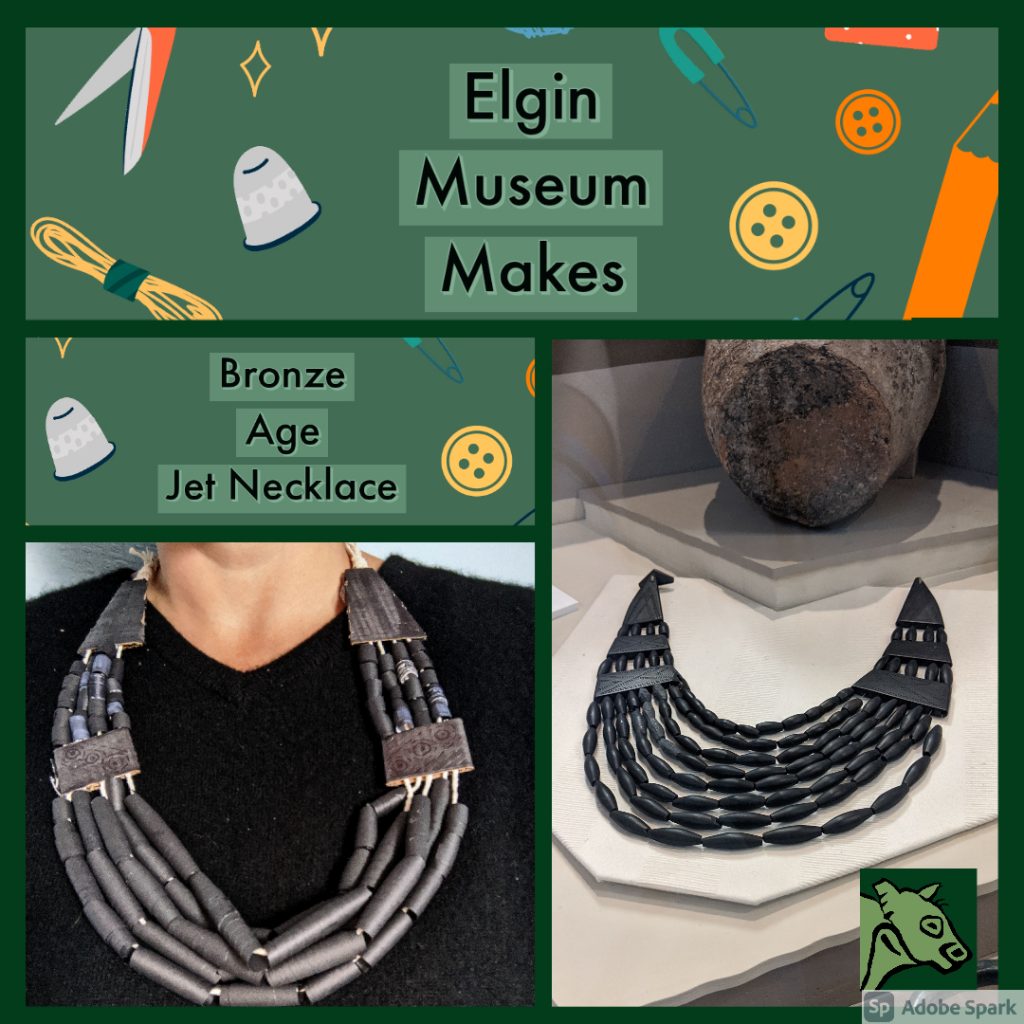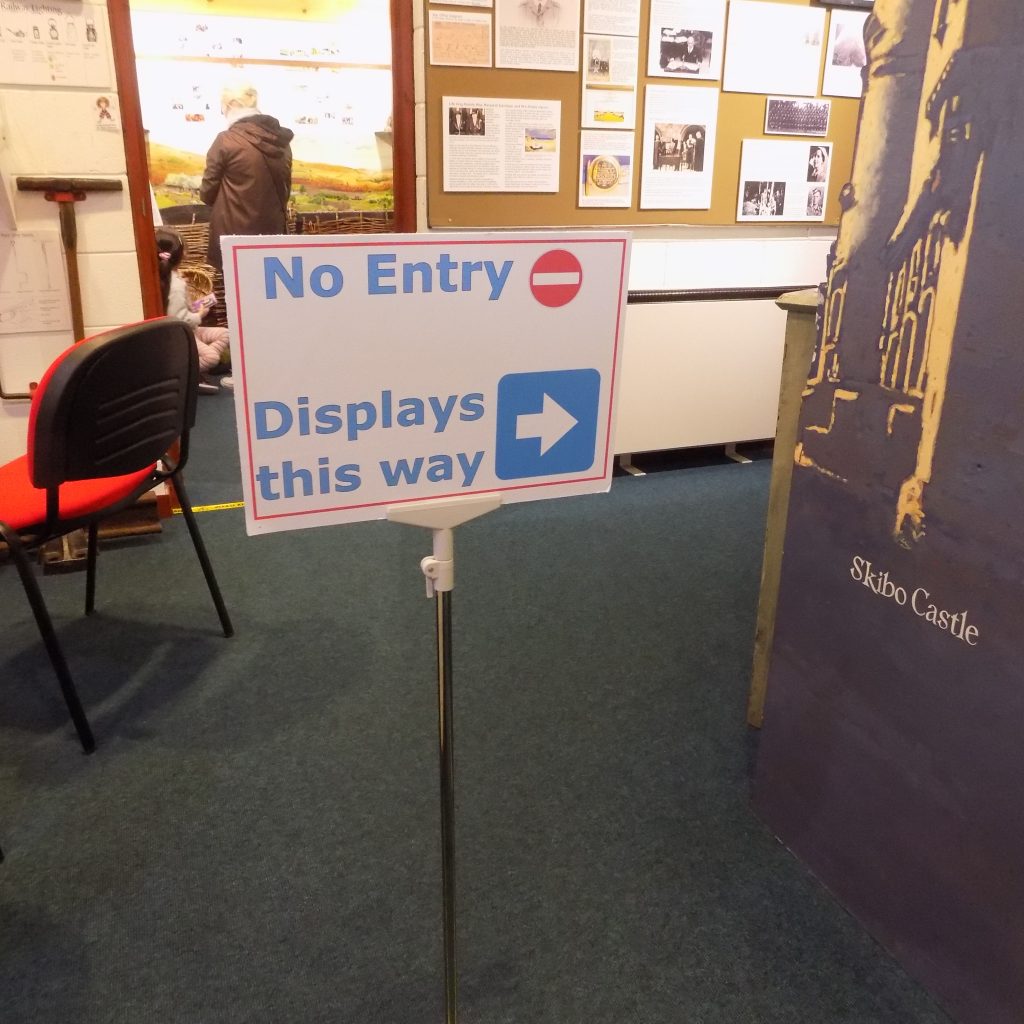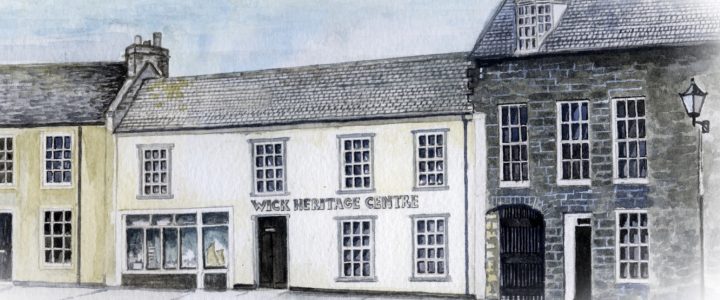In this month’s blog we have invited Catriona, curator at Glencoe Folk Museum, and Connor, a Kickstart Trainee at the museum, to tell us how the Kickstart scheme has been working for them.
The Kickstart Scheme is perfect for a small museum like ours. At a time when we are beginning to work towards our Redevelopment Project, having another pair of hands to take on ongoing work like covering the front desk, cataloguing our collections and carrying out research has been invaluable. My colleague David and I both made our way into the heritage sector through similar schemes, so we are delighted to be able to give someone else the opportunity to gain the experience needed to start their museum journey! Connor started with us earlier this year has been a major asset to the organisation.
Hi! My name is Connor and I am the Kickstart Trainee at the Glencoe Folk Museum. As a Kickstart Trainee, I am working at the Museum for 6-months to get a taste of what it is like to work in a Museum and the Heritage sector. I’m very excited and grateful for this opportunity as I love to study history and I plan on working in museums in the future.
The Kickstart Scheme is a government-funded programme aimed at 16-24 year olds on Universal Credit who are at risk of long term unemployment.
One of the reasons why I am enjoying this opportunity so much is because I don’t have a set role in the museum. My role can change day to day as I could be greeting visitors one day and cataloguing our collections the next. I’m thoroughly enjoying this as it is allowing me to get a much greater idea of what it is like to work ‘behind the scenes’ of a museum than if I was simply there to greet and direct visitors.
I hope to find employment in the heritage sector in the future so this opportunity is giving me invaluable experience and a perspective that I wouldn’t have been able to find anywhere else. I still have a long way to go but these 6 months at Glencoe Folk Museum will set the wheels in motion for me.
My favourite aspect of history is that of 19th and 20th Century military history; everything from the uniforms to the kit and weapons. I have a fair amount of knowledge in regards to military equipment and items from that time but what I have the most knowledge in is firearms from that time. That is why I was thoroughly excited to have the opportunity to research and identify old, obsolete firearms from the 1850’s-90’s and a de-activated one from the Second World War that are in our collection. This is one of the best pieces of experience that I have gotten to date as this is the type of history and museum work that I love and would like to work in once I have the necessary qualifications.

Once I have completed my placement at the Museum, my plan is to join the Royal Navy as my main career path. As I have said, I’ve always had an obsession with the military and since I have grown up around boats and a nautical lifestyle, the Navy was the clear choice for me. One of the biggest reasons that I have chosen the Navy as my main career path is due to the education opportunities that are available. When I was in school, I wasn’t a very academic student as I preferred hands on learning to studying for hours on end. This led to me not getting the qualifications that I was hoping for and denied me the ability to enter University straight out of High School. The Navy allows you to study for a degree alongside your military service so I plan to study for a History degree during my service career.
Once I have left the Navy and gained my Degree, I plan to work in military oriented museums such as the Royal Armouries in Leeds, the Imperial War Museum at Duxford and The Tank Museum at Bovington. These particular Museums stand out to me as they often incorporate Re-enactment and Living History events into their displays and this is an aspect of the heritage sector that I think is an incredible idea and is one that I intend to take part in and enjoy.
All in all, I am beyond excited to be working at the Museum and once again I am so grateful to Catriona and David for giving me this opportunity that will give me a taste of, hopefully, what my career will look like in years to come.

























